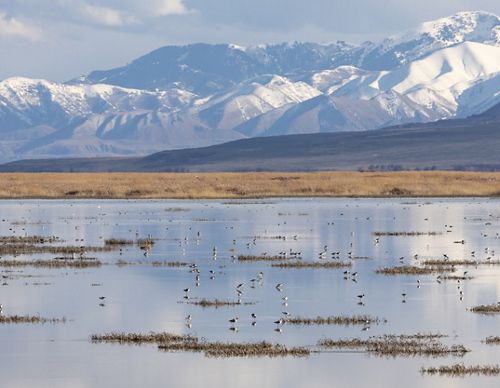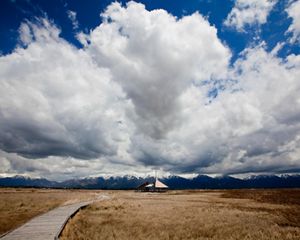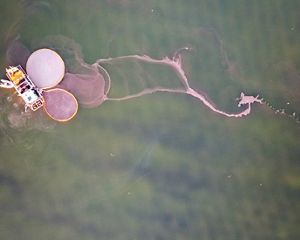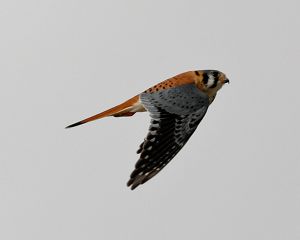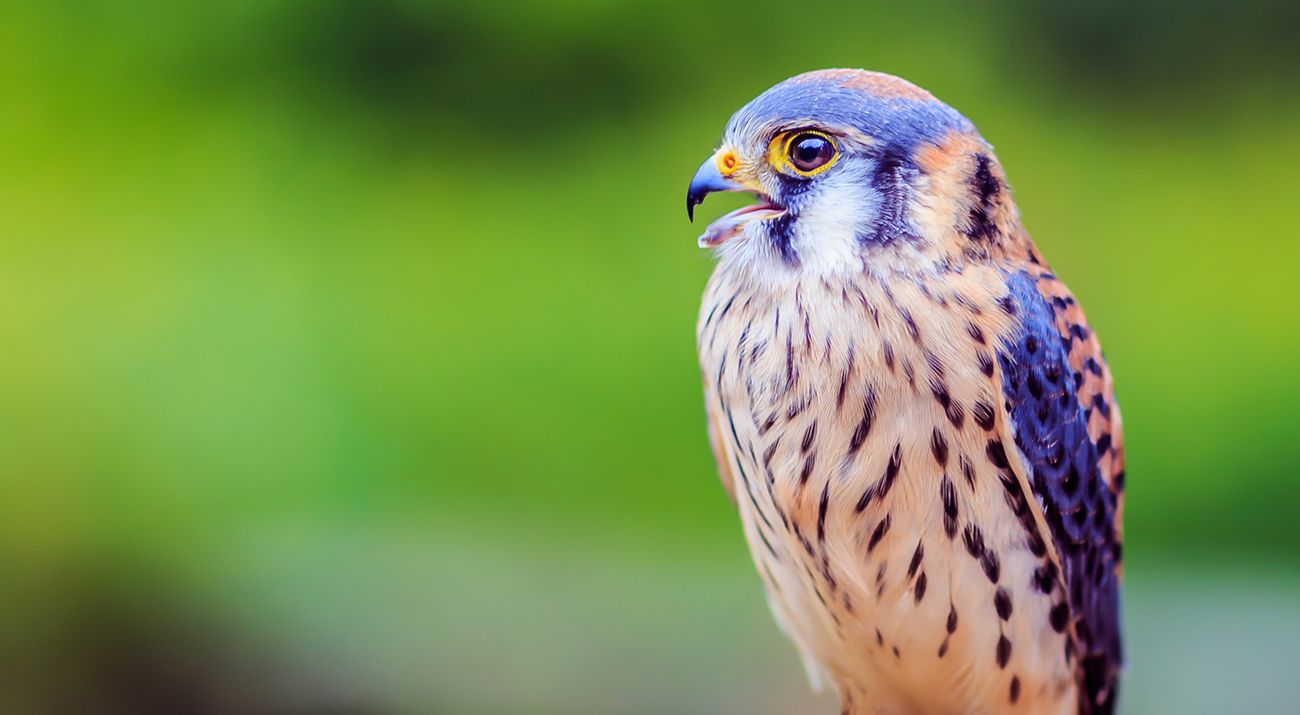
Every spring, thousands of nature lovers watch kestrel chicks grow up in real time alongside their harried parents thanks to the live cam mounted on a nest box at The Nature Conservancy’s Great Salt Lake Shorelands Preserve in Utah.
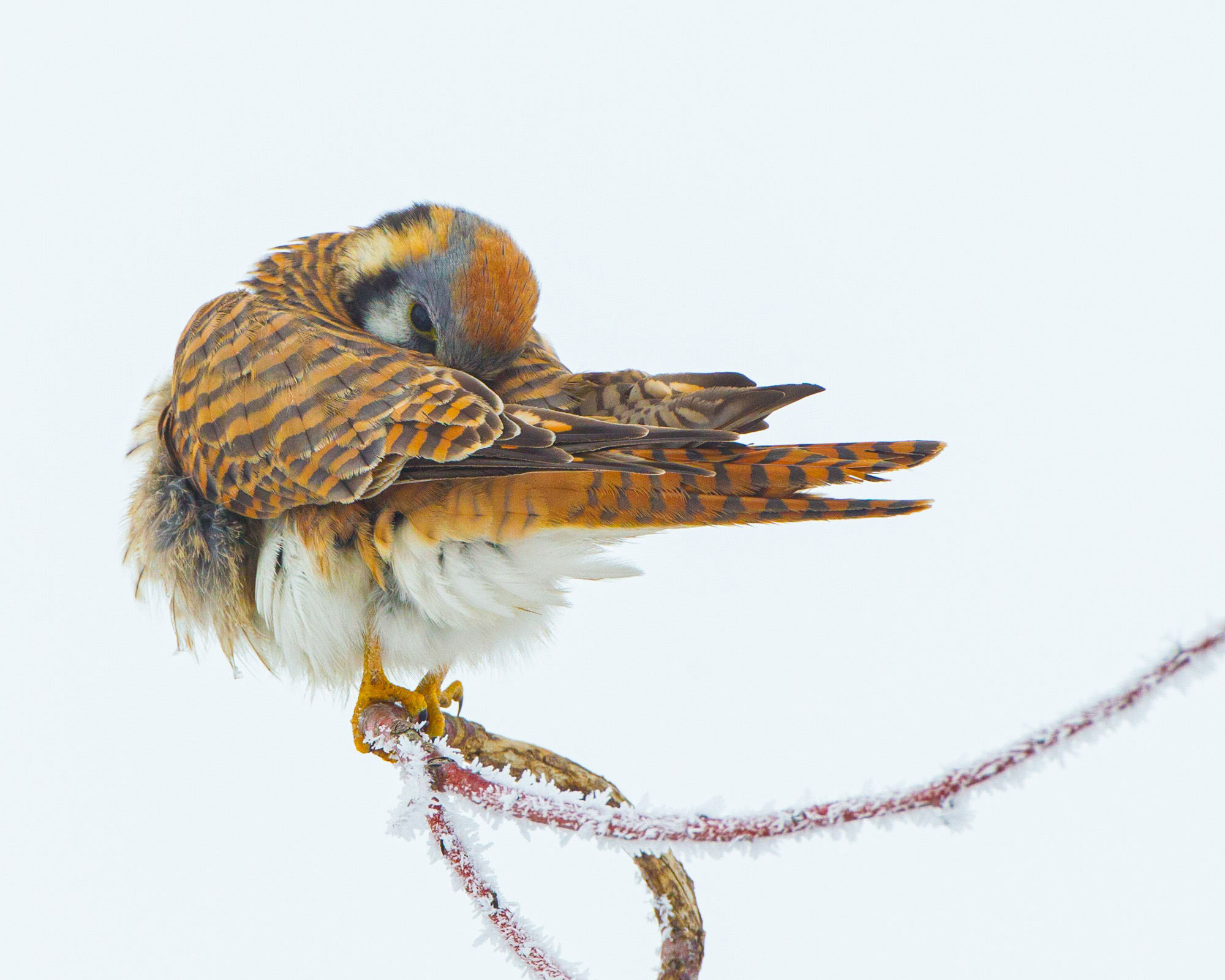
While you wait for the next big moment in the kestrel nest, check out the 2023 recap video below.

We Can’t Protect Kestrels Without You
Sign up to receive monthly conservation updates about kestrels and more. Get a preview of Utah’s Nature News email.
Have Some Avian Family Fun!
Take a moment to learn more about these colorful raptors and find out why scientists are concerned about this species. You can use the activities and resources below to learn more about American kestrels and the habitats they, and many other birds, need to thrive.
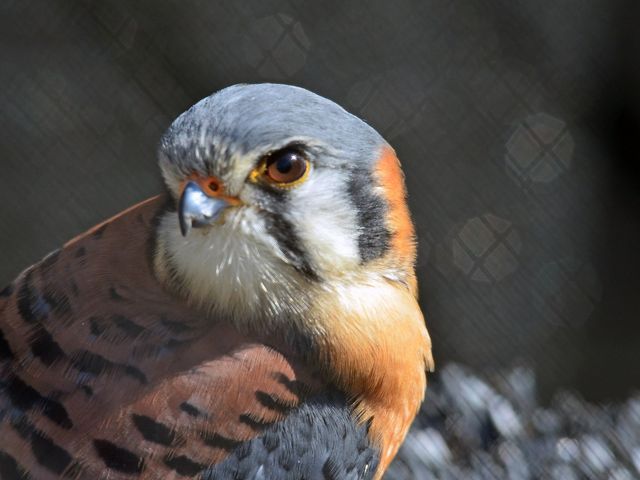
Blog Posts
- Read an exciting story of Life, Death and Bird Cam Drama for the kestrels at the Great Salt Lake Shoreland Preserve.
- The Making of a Falcon? Follow kestrel chicks from egg to flight in this informative blog post.
-
Learn the basics about these amazing raptors from HawkWatch International.
-
Ten million birds rely upon the lake’s waters, wetlands and uplands each year, including American kestrels. How much do you know about Utah’s inland sea? Take the quiz!
-
You can listen at the preserve or online! Why do kestrels nest here? This tour offers facts and stories about the preserve’s wildlife and habitats, including the uplands that are vital to kestrels.
Help Protect Migratory Birds at the Great Salt Lake
Support our work in Utah, including the preservation of migratory bird habitat at the Great Salt Lake Shorelands Preserve, by making a charitable contribution today.
